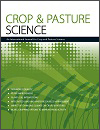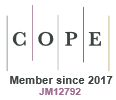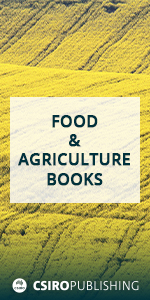CP23078Identification of superior genotypes for leaf architecture traits in Sorghum bicolor through GGE biplot analysis
 , Yingxing Zhao, Hailian Wang
, Yingxing Zhao, Hailian Wang  , Erying Chen, Feifei Li, Shaoming Huang
, Erying Chen, Feifei Li, Shaoming Huang  , Ling Qin, Yanbing Yang, Yan’an Guan, Bin Liu and Huawen Zhang
, Ling Qin, Yanbing Yang, Yan’an Guan, Bin Liu and Huawen Zhang
Grain sorghum is a food source for people in semi-arid regions; however, its productivity is compromised by its inefficient leaf architecture. Aiming to improve sorghum productivity, the research focused on evaluation of leaf architectural traits and identification of ideotypes with outstanding leaf architecture. Through multi-environment trials, an ideal genotype was selected for best leaf architecture performance, which will be useful as the parental line to optimise sorghum leaf architecture in a breeding program.




